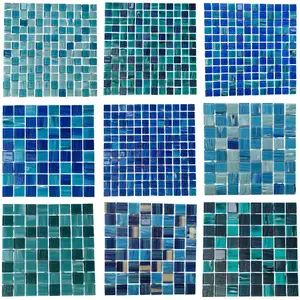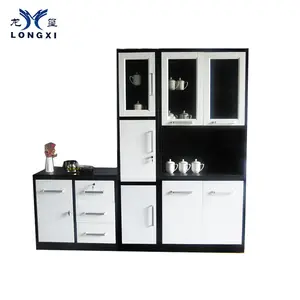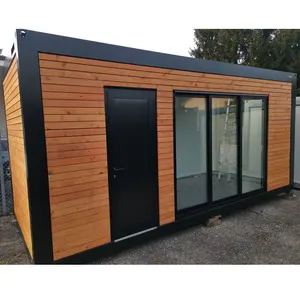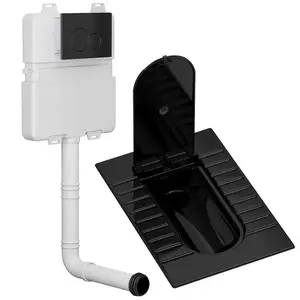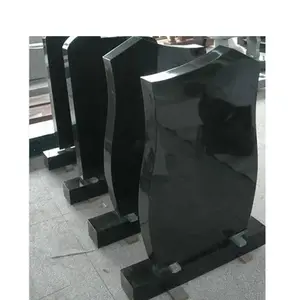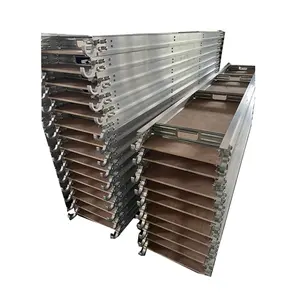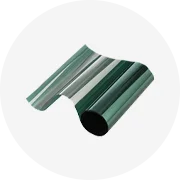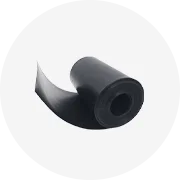Popular en tu industria






Columnas de mármol grandes de exterior beige precios
EUR 912.11 - EUR 8,283.37
Pedido mínimo: 2 piezas






Columna de hormigón redonda de buena calidad y encofrado de pared para proyectos industriales
EUR 65.16 - EUR 116.34
Pedido mínimo: 100 metros cuadrados



4mm x 4mm 160g álcali-resistente reforzado EIFS de malla de fibra de vidrio
EUR 0.1676 - EUR 0.2327
Pedido mínimo: 20000 metros cuadrados







Paloma rejilla hoja de fibra de vidrio frp piso parrillas para carreras paloma lofts FRP rejilla
EUR 3.26 - EUR 5.12
Pedido mínimo: 1 metro







Paneles de hormigón para carpintería, estructura de pared de madera contrachapada de acero, en venta
EUR 55.85 - EUR 111.69
Pedido mínimo: 100 metros cuadrados







Perfiles de fibra de vidrio, columnas de fibra de vidrio, extruido, precio
EUR 3.73 - EUR 4.66
Pedido mínimo: 1000 metros






Diseño moderno, diseño de columnas de pilar de puerta romana artificial
EUR 37.23 - EUR 55.85
Pedido mínimo: 2 piezas












Diseño de decoración de pilar de puerta principal personalizado columna romana al aire libre 3D relieve Mujer estatua pilar de mármol
EUR 1,098.25 - EUR 1,256.47
Pedido mínimo: 2 piezas






Columnas romanas de resina de polímero de plástico reforzado de fibra de vidrio, pilares para decoración del hogar
EUR 46.54 - EUR 465.36
Pedido mínimo: 100 metros cuadrados






Molde de columna Colu decorativo duradero de alta calidad personalizado diseño de pilar de puerta romana de fibra de vidrio
EUR 89.35 - EUR 134.96
Pedido mínimo: 2 piezas
Categorías principales
Sobre columnas fibra
¿Eres un entusiasta de la decoración que cree que el ligero toque de glamour es lo que realmente completa un proyecto? Entonces estos hermosos y elegantes. columnas fibra en alibaba.com son perfectos para que lo considere. Estos duraderos y finamente elaborados. columnas fibra Servir como las mejores alternativas para decorar artificialmente sus hogares, jardines y otras áreas de su propiedad. Acceder a estos. columnas fibra a precios justos y acuerdos sorprendentes para glorificar sus casas ahora.
Ya sea para sus casas, apartamentos, hoteles o espacios comerciales, estos. columnas fibra son ideales para mejorar las apariencias estéticas y renovar el ambiente general. Estas. columnas fibra están disponibles en variedades distintas y puede seleccionar de acuerdo con su elección y los requisitos. Cuando compras estos. columnas fibra De los principales vendedores, obtiene garantía de calidad premium en estos productos junto con certificaciones.
Estos fascinantes. columnas fibra en alibaba.com están disponibles en estilos variados como los de color rojo de color romano, de color dorado, de mármol negro de China y muchos otros. Puedes encontrar tanto moderno como antiguo. columnas fibra diseña junto con muchas opciones de color. También vienen con largas duraciones de garantía. Están disponibles en varios tamaños y formas para adaptarse a sus requisitos con precisión. Estas. columnas fibra Ven con certificados de calidad para garantizar una mayor durabilidad. Puede transformar fácilmente sus casas en estudios de arte simplemente instalando estas maravillosas piezas.
Alibaba.com le brinda la emocionante oportunidad de navegar a través de varias distintas. columnas fibra opciones y elija el elemento que mejor se adapte a sus criterios. Puede disfrutar de ofertas increíbles, y el embalaje personalizado también está disponible.
Ya sea para sus casas, apartamentos, hoteles o espacios comerciales, estos. columnas fibra son ideales para mejorar las apariencias estéticas y renovar el ambiente general. Estas. columnas fibra están disponibles en variedades distintas y puede seleccionar de acuerdo con su elección y los requisitos. Cuando compras estos. columnas fibra De los principales vendedores, obtiene garantía de calidad premium en estos productos junto con certificaciones.
Estos fascinantes. columnas fibra en alibaba.com están disponibles en estilos variados como los de color rojo de color romano, de color dorado, de mármol negro de China y muchos otros. Puedes encontrar tanto moderno como antiguo. columnas fibra diseña junto con muchas opciones de color. También vienen con largas duraciones de garantía. Están disponibles en varios tamaños y formas para adaptarse a sus requisitos con precisión. Estas. columnas fibra Ven con certificados de calidad para garantizar una mayor durabilidad. Puede transformar fácilmente sus casas en estudios de arte simplemente instalando estas maravillosas piezas.
Alibaba.com le brinda la emocionante oportunidad de navegar a través de varias distintas. columnas fibra opciones y elija el elemento que mejor se adapte a sus criterios. Puede disfrutar de ofertas increíbles, y el embalaje personalizado también está disponible.
